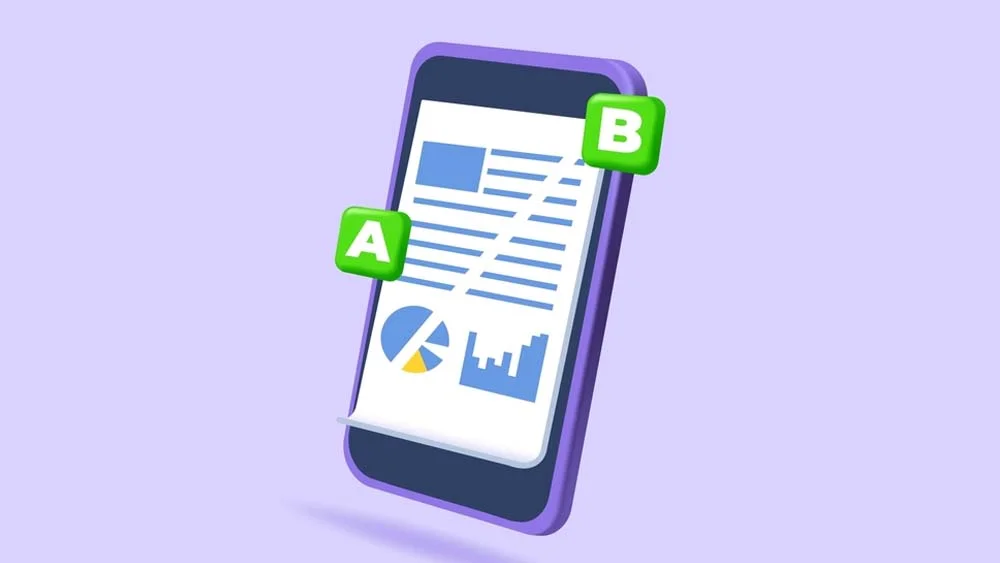Enhancing Your Mobile App User Experience
In today’s fast-paced mobile app market, the key to success lies in continuously improving the mobile app user experience and user engagement and satisfaction. Consider the analogy of a toolshed, where tools such as mobile analytics, A/B testing and various monetization methods are essential for refining your app to better serve users. Exploring Revenuecat alternatives, for instance, can provide fresh strategies for monetization and optimization, helping your app not just meet but surpass user expectations.
Integrating Chatbots for Enhanced Interaction
Chatbots can dramatically improve how users interact with your app. Like a multifunctional tool, they provide instant support and guidance, making users feel immediately connected with your service. Through chatbots, users can, for example, order services or receive updates seamlessly. This 24/7 assistance feature ensures a continuous and smooth user experience, eliminating potential frustration from awaiting responses.
Moreover, chatbots can be programmed to provide personalized recommendations based on user preferences and past interactions. This level of customization further enhances the user experience by making the app feel tailored to individual needs. By leveraging the power of artificial intelligence and natural language processing, chatbots can engage in more natural, human-like conversations, creating a sense of familiarity and trust between the user and the app.
Integrating chatbots into your mobile app also provides valuable data insights. By analyzing user interactions with the chatbot, you can gain a deeper understanding of user preferences, common questions and pain points. This information can be used to further refine the app’s features, content and overall user experience. Additionally, chatbots can help reduce the workload on human support teams by handling routine inquiries, allowing them to focus on more complex issues that require personal attention.
Utilizing Analytics for Informed Development
Analytics serve as the navigator in your app development journey, offering insights into user behavior and preferences. By analyzing data, such as a feature’s usage patterns, you can identify areas for improvement and adapt your app to better meet user needs. This process is akin to solving a puzzle, where each data point helps you understand what your users truly value and enjoy. Platforms like Adapty.io and UXtweak can help streamline this process, providing powerful tools for managing and optimizing your app’s performance.
In addition to analyzing user behavior, analytics can also help identify potential technical issues or performance bottlenecks. By monitoring app performance metrics such as load times, crash rates and resource consumption, developers can proactively address problems before they significantly impact the user experience. This data-driven approach to app development ensures that the app remains stable, reliable and responsive to user needs.
Another crucial aspect of utilizing analytics is setting up proper tracking and reporting mechanisms. This involves defining key metrics and events that align with your app’s goals and user experience objectives. By establishing clear tracking parameters, you can ensure that the data collected is relevant and actionable, and contributes to data-driven decision-making. Regular reporting and analysis of these metrics enable you to stay agile and responsive to user needs, continually optimizing the app’s performance and user experience.
Expanding Services With In-App Purchases
Incorporating in-app purchases and subscriptions can open new revenue avenues while enhancing user convenience. For example, a messaging app that allows users to buy exclusive content or features directly enhances the user experience by providing additional value within the same app environment. This strategy not only boosts your revenue but also deepens user engagement by offering them more reasons to stay within your app.
When implementing in-app purchases, it’s crucial to strike a balance between offering value to users and maintaining a non-intrusive user experience. Providing a mix of free and paid features ensures that users can still enjoy the app’s core functionality without feeling pressured to make purchases. Additionally, clearly communicating the benefits of premium features and making the purchase process seamless can encourage users to engage with in-app purchases while maintaining a positive user experience.
Improving Personalization With A/B Testing
A/B testing empowers you to customize the user experience based on concrete feedback. By comparing two versions of a feature, you let users vote with their behavior, telling you which option they prefer. This approach allows you to tailor your app to closely match your users’ preferences, making the app more relevant and engaging to your audience. Personalization through A/B testing not only demonstrates that you value user feedback but also significantly increases user interaction with your app.
Continuous improvement in the mobile app user experience and landscape involves discovering new ways to engage users, utilizing data to enhance app features and adapting to user feedback through personalized experiences. By focusing on these areas—chatbots for better interaction, analytics for informed decision-making, in-app purchases for expanded services and A/B testing for personalization—you ensure your app remains competitive and appealing to users. Embrace these strategies to elevate your mobile app from merely functioning to thriving in the bustling app ecosystem.
To maximize the effectiveness of A/B testing, it’s essential to define clear goals and metrics for each test. This allows developers to measure the impact of each variation on user engagement, retention and other key performance indicators. By continuously iterating and refining the app based on A/B test results, developers can create a highly optimized user experience that keeps users coming back for more.




